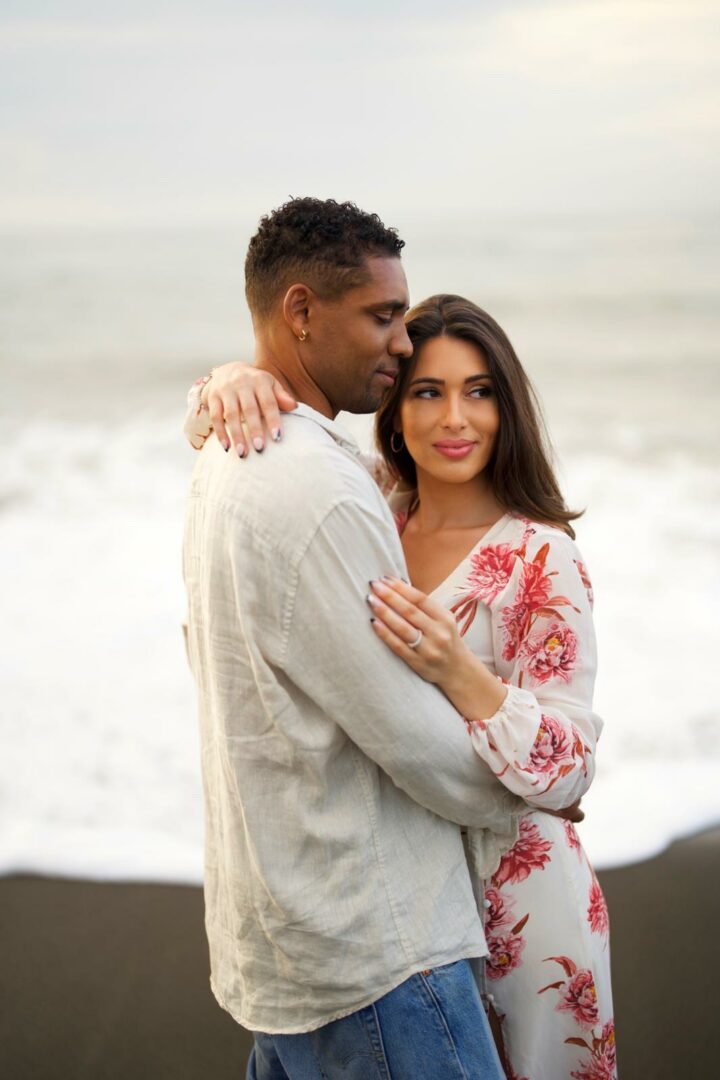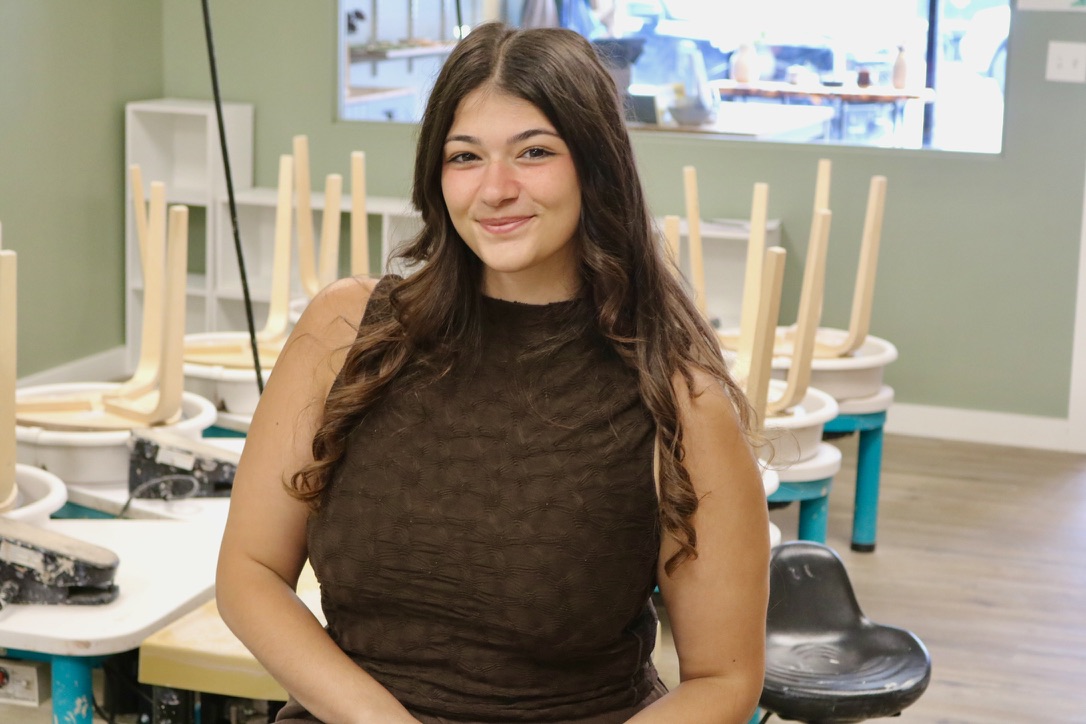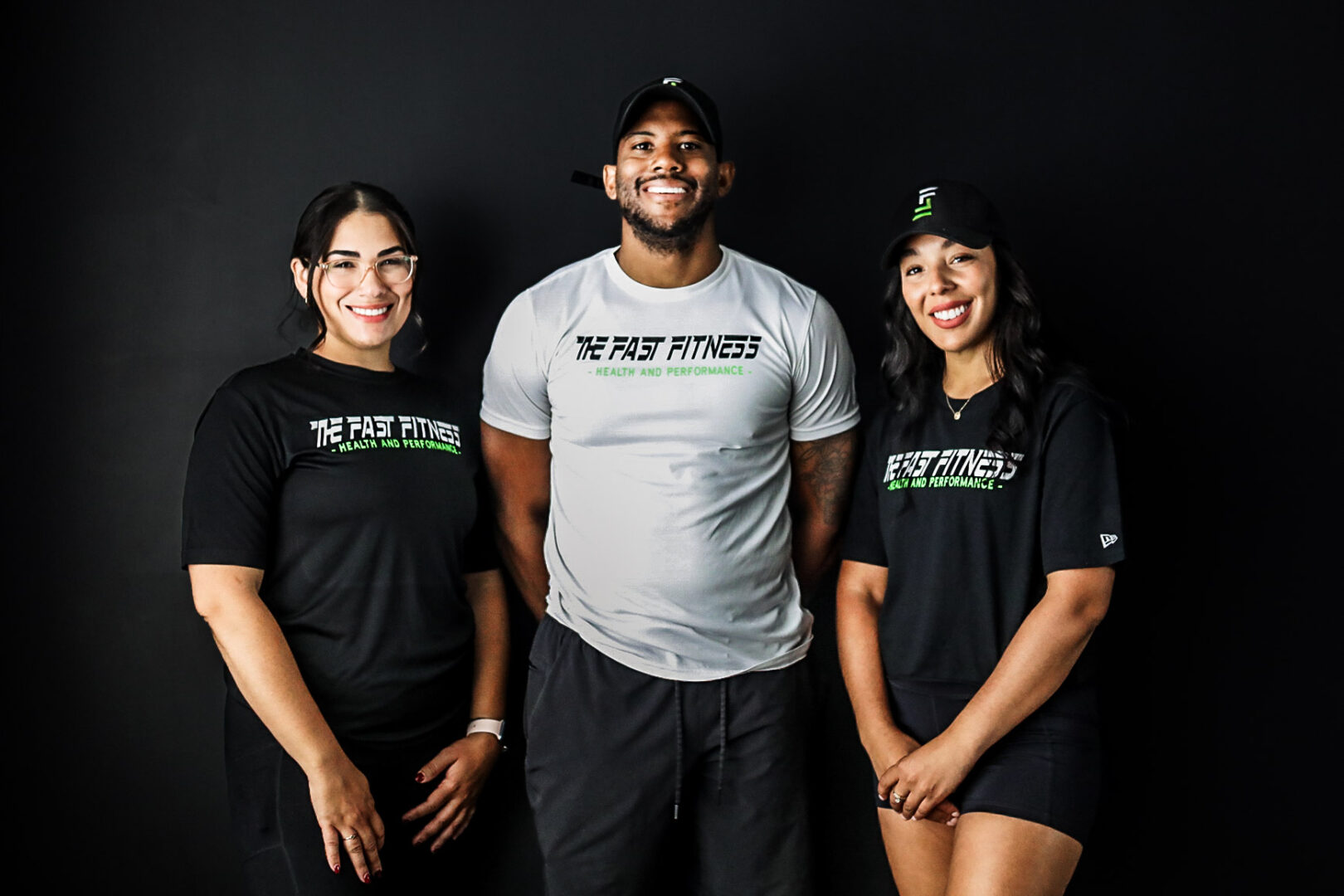Alright – so today we’ve got the honor of introducing you to Ashley Felts. We think you’ll enjoy our conversation, we’ve shared it below.
Ashley , so good to have you with us today. We’ve always been impressed with folks who have a very clear sense of purpose and so maybe we can jump right in and talk about how you found your purpose?
I had to go through some of the best and worst times to get to where I am today. Over the past five years, I’ve done a lot of reflection—on my faith, my personal and professional experiences, and how they all led me to my commitment to making a difference in my community.
Since I was a child, I’ve had to learn life’s lessons the hard way. It wasn’t enough to just listen to what others told me—I had to live through something to truly understand it. My parents, however, did everything in their power to shield my siblings and me from unnecessary struggle. They made relentless sacrifices to ensure we had access to the best education possible, moving mountains to get us into the top-ranked school district in the state. We grew up in a suburban neighborhood with access to clubhouses, recreation centers, libraries, and programs for every interest. We had every resource we needed to succeed. Education wasn’t just a requirement in our household—it was a legacy. We were expected to work hard, go to college, and secure stable careers because, as my family put it, “We do education in this family.”
When it was time for college, I chose Hampton University, an HBCU that would change my life forever. As a proud member of Quintessence 8, Class of 2013, I was welcomed with open arms. I found my home by the sea. I was greeted by my cousin, Carlyn Crawley, who immediately encouraged me to mentor young girls who needed a little extra love to get back on track. Without hesitation, I gathered my homegirls, and together, we poured into those girls. At the same time, another friend in our circle presented an opportunity to make an even bigger impact in the 757. In true fashion, we all jumped in, joining AmeriCorps because service was engrained in us. We dedicated ourselves to helping young students with literacy and civic engagement. I didn’t realize it then, but these experiences were planting the seeds for what would become my career in education and social impact.
Eventually, I landed back in Ohio to pursue my master’s degree, and that’s when everything shifted for me. I had the opportunity to work with brilliant students, dedicated families, and phenomenal educators, administrators, and community organizations—people deeply invested in their communities and committed to making a difference. But I also couldn’t ignore the systemic barriers that made our jobs harder. Talented, motivated students were often met with unnecessary roadblocks, not because of their abilities but due to a lack of access to what I thought was basic resources. Families who wanted nothing more than to see their children succeed had to fight for opportunities that were provided to me as a child. I realized that a person’s zip code didn’t just determine where they lived, it influenced their access to quality education, healthcare, and even life expectancy. Despite these challenges, I witnessed resilience, creativity, and unwavering commitment from educators, parents, and students who refused to be defined by systemic limitations. The problem was never a lack of intelligence, drive, or potential, it was the structural inequities that made success harder to reach. That realization strengthened my commitment to expanding access, breaking down barriers, and building the systems needed to support the brilliance that already exists in our communities.
The students and families I had so much love for were just like the ones I grew up with—driven, ambitious, and committed to success. Parents wanted the best for their children, and students aspired to be independent and accomplished. Yet, systemic barriers, outdated policies, and political red tape made achieving those goals far more difficult than it should have been. I had a choice: look away and accept the current reality or take action. I chose to act.
I started dreaming of leading a school district or even running for school board. Then, I dared to dream even bigger—What if I built my own school? A space where Black and Brown children could thrive, free from the constraints of traditional systems. A school where they could learn about their history, their culture, and their power.
Then, the opportunity came.
It was post-lockdown, and I was bright-eyed, full of hope, and ready to do the work. I knew the political landscape of education in the city, but I took a chance anyway. Alongside some of the most brilliant and passionate people, we put our blood, sweat, and tears into building something special. We weren’t just teaching students how to read and write. We were teaching them how to think, how to advocate for themselves, and how to navigate a world despite all of the wicked problems.
And then, it all fell apart.
Despite doing everything right—despite earning the highest rating from the Ohio Department of Education—we were forced to make the heartbreaking decision to close. It shattered me. I spiraled into a deep depression, questioning everything. Was I really good enough? Did I have what it took to succeed? I felt like I had lost everything. I had let down our students. Our families. Our staff. I was forced to downsize my lifestyle immediately and move. I felt hopeless and sunk into a really dark place. A place where you wonder, can it get any worse?
Of course it can because you know how the story goes, it got worse. A faulty dryer sparked a fire, and what little I had left—after already losing so much—was gone. Unbelievable but it did. Losing everything in such a short period forced me to sit with myself. I had to decide: Was I going to be a man or a mouse about it?
Through prayer, deep reflection, and the unwavering support of my people, I figured it out. I chose to build again. I poured my energy into building my consultancy, OPS Solutions, where I could help social impact organizations grow, scale, and operate more effectively. I leaned into my expertise, helping businesses and nonprofits put the right systems in place so they could thrive.
But something was still missing.
I realized that if I was going to leave my mark, if I was going to truly stamp my legacy, I needed to go back to the very thing that first set my heart on fire—empowering girls.
That’s when Girlhood Explained was born.
I wrote a book. I created a space where Black and Brown girls were centered in their experiences—where they could be prepared for the world, not just with facts, but with wisdom, culture, and strength. I built it alongside the very girls I had mentored in the past, now young women with their own powerful voices.
Because if a zip code can determine a person’s life expectancy, then what happens when we change the narrative? What happens when we give Black and Brown girls the tools to navigate girlhood with confidence, knowledge, and power? That’s the legacy I’m building. This journey is full of triumphs and heartbreaks, full of lessons I had to live to understand. It ultimately led me to exactly where I was meant to be.

Thanks, so before we move on maybe you can share a bit more about yourself?
I am a social impact entrepreneur and advocate for Black and Brown girls, working at the intersection of education, equity, and community empowerment. My work is twofold—through OPS Solutions, I help organizations, schools, and nonprofits expand their capacity to serve their communities more effectively, ensuring that the people doing the work have the systems, strategy, and support they need to maximize their impact. On the flip side, Girlhood Explained is my legacy, dedicated to centering the experiences of Black and Brown girls and equipping them with the knowledge and confidence to navigate the world.
What excites me most about my work is the ability to strengthen the foundation for those who are dedicated to helping others. I’ve seen firsthand how access to quality education, mentorship, and resources can determine a person’s future—not because of their talent or potential, but because of whether or not the right infrastructure exists to support them. My mission is to create those solutions so changemakers can focus on what they do best—serving their communities.
Right now, I am focused on building connections and expanding the reach of Girlhood Explained. We are currently collaborating with my former mentee, Naya Elliott of Greenhouse Creative Studio, who is leading the illustrations and creative direction for the project. In preparation for the launch, we’ve also introduced The State of Black Girlhood, a virtual series that brings together educators, mentors, and service providers to discuss the most pressing issues impacting Black girls today.

Looking back, what do you think were the three qualities, skills, or areas of knowledge that were most impactful in your journey? What advice do you have for folks who are early in their journey in terms of how they can best develop or improve on these?
1. Lifelong Learning – I’ve always believed that knowledge is power, and the more I learn, the more I can build, pivot, and create solutions that actually work. Whether it’s learning about operations, social impact, or the lived experiences of the people I serve, I’m constantly seeking out new perspectives, new strategies, and new ways to make a difference. Fall in love with learning about yourself first. Pay attention to what excites you, what challenges you, and what fuels your purpose. Learning isn’t just about degrees—it’s about self-discovery and understanding how you operate best in this world. The more you invest in yourself, the more value you’ll be able to bring to others.
2. Resilience – The Ability to Bounce Back
No matter how well you plan, life will throw things at you that you couldn’t have prepared for. I’ve lost opportunities, projects, money, even my home but I’ve always found a way to rebuild, reimagine, and move forward. What separates those who succeed from those who don’t is the ability to keep going, even when everything feels like it’s falling apart.
Don’t let your current circumstances limit your belief in what’s possible for you. Struggles don’t define you, how you respond to them does. Build the stamina to adapt, to pivot, and to keep pushing forward, even when things don’t go as planned. What are you willing to give up to access your highest potential?
3. Bringing Clarity to Chaos – One of my greatest strengths is being able to see through the noise and simplify complex problems. Whether I’m working with an organization struggling to scale or guiding a young girl through the challenges of navigating life, I know how to step back, assess the situation, and create a path forward. Don’t be afraid to switch up your environment in order to reach your full potential. Sometimes clarity comes from removing distractions, toxic people, or systems that are keeping you stuck. Surround yourself with people who challenge you, inspire you, and push you to think differently. Learn how to create structure in your own life, and then apply that skill wherever you go.
At the end of the day, your journey is your own. Dare to do something different – remember are you a man or a mouse?

Okay, so before we go we always love to ask if you are looking for folks to partner or collaborate with?
Absolutely! I by no means can do this work alone. For those who recognize that there is space and a need to support our girls, despite the current political landscape, this is the time to lean in, not pull back. Girls do not stop needing support just because the world is harder for them to navigate. If anything, it makes our work even more urgent.
I am looking to collaborate with educators, mentors, youth advocates, funders, and organizations that are committed to ensuring that our girls are seen, heard, and given access to the opportunities they deserve. Whether you’re apart of a organization working to expand its reach, or a funder seeking to invest in meaningful impact, there is space for us to build something powerful together.
Right now, Girlhood Explained is expanding, and we are looking to partner with:
Educators & youth mentors who are working directly with girls and desire culturally relevant resources.
Organizations that serve girls and are looking for innovative ways to engage, empower, and equip them for the future.
Funders & investors who recognize that supporting girls is not just an act of charity, rather, an investment in the future of our communities.
Advocates & policy leaders who are pushing for systems change to ensure that girls have access to safe spaces, education, and opportunities.
If you are ready to collaborate, support, or invest in this work, Hit me up! You can reach me at [email protected] or follow the work we’re doing at girlhoodexplained.com and on @girlhood.explained on Instagram/ LinkedIn.
Contact Info:
- Website: https://girlhoodexplained.com
- Instagram: https://www.instagram.com/girlhood.explained
- Linkedin: https://www.linkedin.com/in/ashleynfelts/
- Youtube: https://www.youtube.com/@girlhoodexplained




Image Credits
@momentsbyjones, @ohthatsdubs, & personal photos
so if you or someone you know deserves recognition please let us know here.




